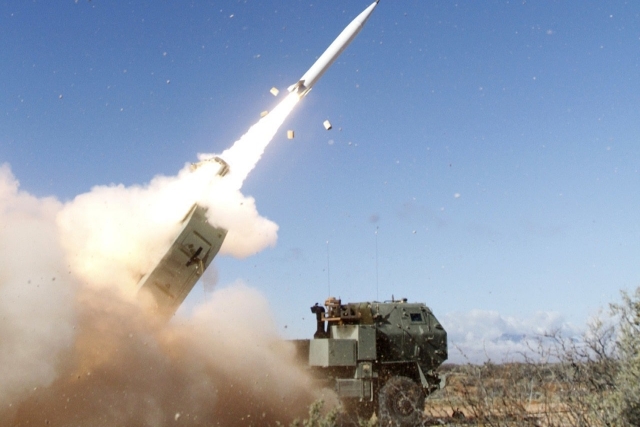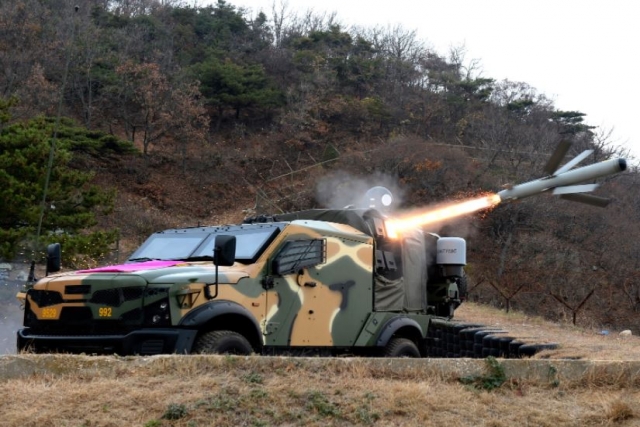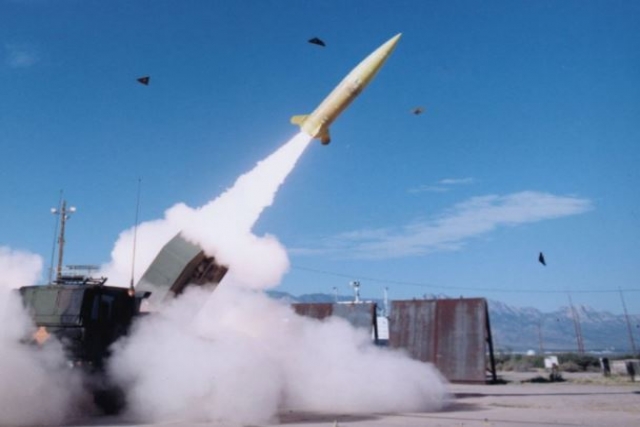U.S. Army Receives First Precision Strike Missiles from Lockheed Martin
Initial deliveries follow successful production qualification test, marking accelerated development of the next-generation missile for long-range precision fires capability.

Lockheed Martin has delivered the first Precision Strike Missiles (PrSM) to the U.S. Army, a crucial advancement in the Army's long-range precision fires capability.
This achievement comes after a successful production qualification test at White Sands Missile Range, New Mexico, in November.
To achieve the Army's PrSM Early Operational Capability (EOC), Lockheed Martin utilizes digital tools such as augmented reality, ARISE advanced modeling and simulation, data analytics, and a software factory. These tools aim to enhance development, improve producibility, and elevate the quality and performance of the PrSM.
Subsequent deliveries will continue as Lockheed Martin scales up manufacturing efforts to fulfill current contracts supporting the Army's modernization priorities. The PrSM, with a range beyond 400 kilometers, is a surface-to-surface weapon designed with open systems architecture for flexibility, modularity for future growth, and compatibility with HIMARS and Multiple Launch Rocket System (MLRS).
The delivery of PrSM Increment 1 Early Operational Capability missiles is a major milestone for the program, one of 24 key modernization initiatives the Army aims to deploy to soldiers by the end of 2023. The PrSM has been a pivotal component of the Army's long-range precision fires portfolio, addressing evolving threats.
The program initially involved competition between Lockheed Martin and RTX (formerly Raytheon Technologies), but Lockheed Martin continued solo development after RTX faced challenges during the technology maturation and risk reduction phase. In September 2021, the Army approved the PrSM program to move into the engineering and manufacturing development phase, awarding Lockheed Martin a $62 million contract for early operational capability production.
Future plans for PrSM include add-ons such as an enhanced seeker, increased lethality, and extended range. The Army is particularly focused on developing a maritime, ship-killing capability for the near term.
Lockheed Martin, alongside an RTX and Northrop Grumman team, will compete for the subsequent phase of the PrSM program. The Army awarded RTX a $97.7 million contract in February 2023 to advance its design for a Long Range Maneuverable Fires program, intended to become the PrSM Increment 4 effort. Lockheed Martin received a $33 million contract around the same time to develop capabilities for extending the range of PrSM, aiming to more than double the currently planned 499 kilometers (310 miles).
The U.S. Army's withdrawal from the Intermediate-Range Nuclear Forces Treaty with Russia in 2019 paved the way for the development of PrSM to fly farther, filling the gap for missiles with ranges between 499 kilometers and 5,000 kilometers.
In October 2021, the U.S. Army conducted a long-range flight test of PrSM, believed to have exceeded the current range requirement of 499 kilometers.













